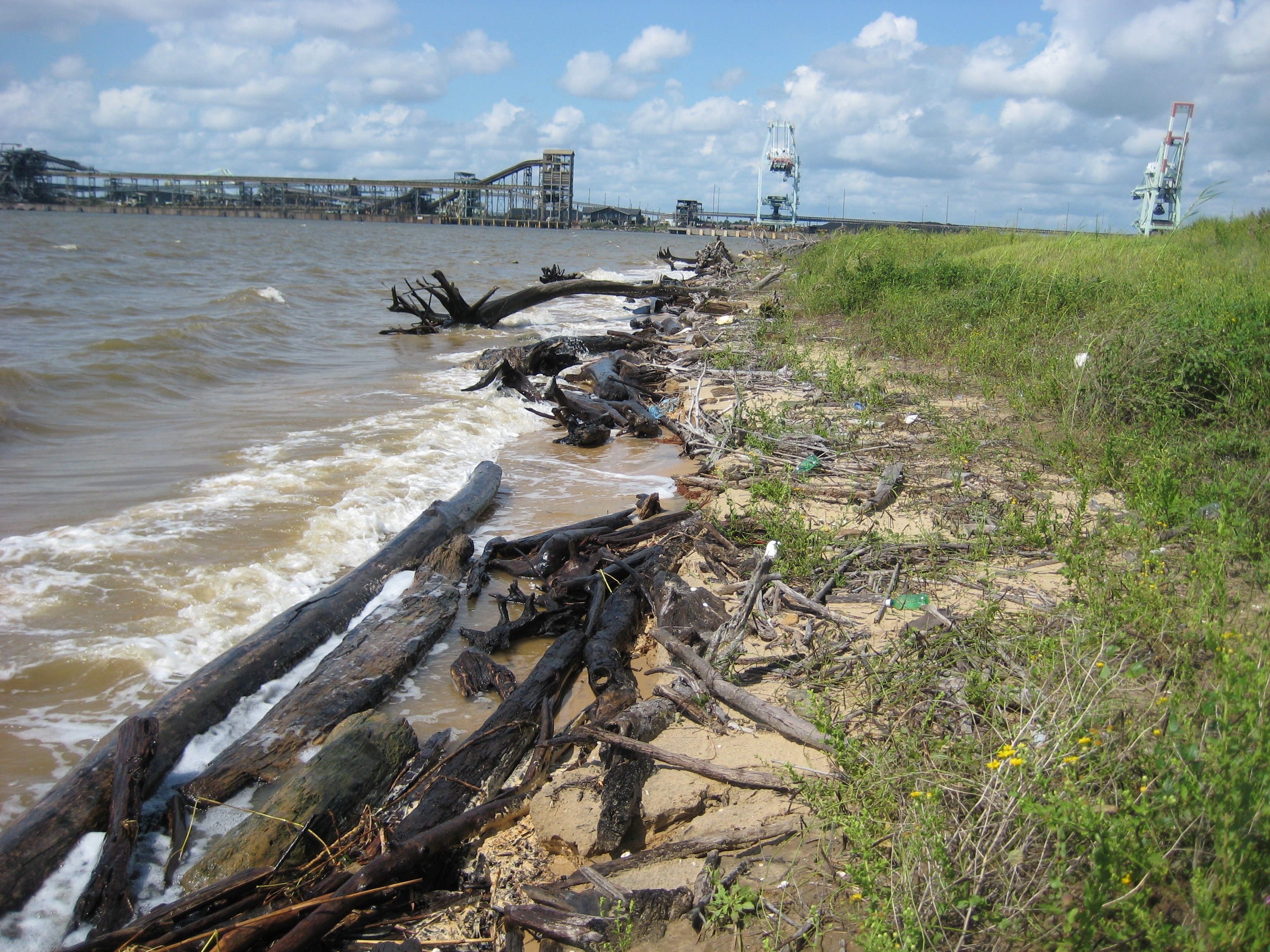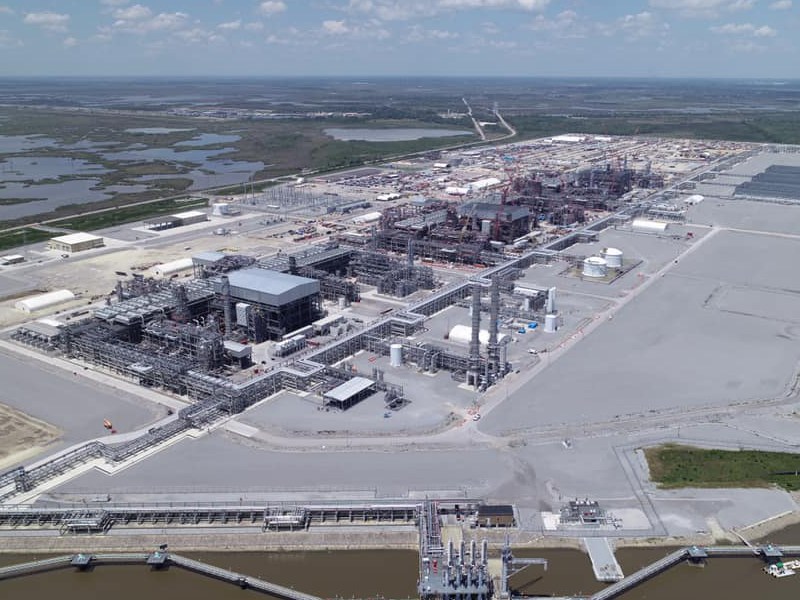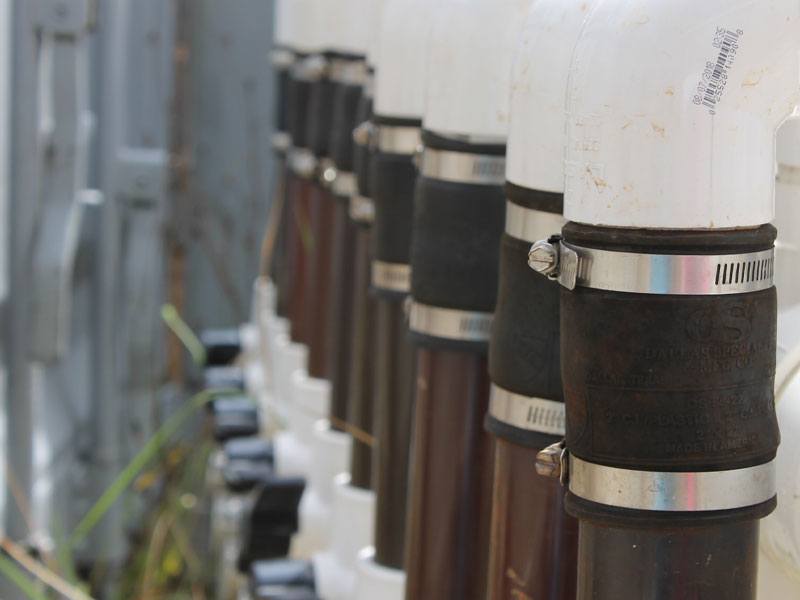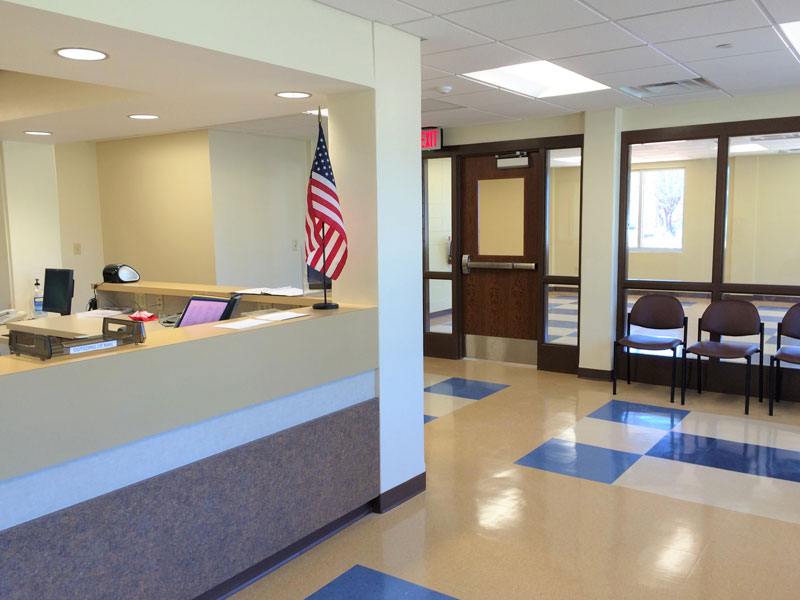
After the devastation of the 2005 hurricane season, the U.S. embarked on one of the largest civil works projects ever undertaken at an estimated cost of $14 billion. The project included restoration, accelerated construction, improvements, and enhancements of various risk reduction projects within southeastern Louisiana.
The targeted area of Southeast Louisiana, including Lake Pontchartrain and Vicinity (LPV), is generally characterized by weak soils, gradual sinking, and the global incidence of sea-level rise that will cause levees to require future lifts to stand up to hurricanes.
Under LPV projects, Thompson Engineering was selected to perform geotechnical drilling and testing for the United States Army Corps of Engineers (USACE) New Orleans District. The purpose of the projects is to raise and improve existing levees to provide flood protection during a 100-year storm event.
Project LPV 109.02a, South Point to CSX Railroad
Located in the vicinity of the City of New Orleans and between the Mississippi River and Lake Pontchartrain, this project was designed to reduce risk among residents and businesses on the East Bank in the event of a 100-year storm event. Work here is intended to raise the levee to elevations ranging from +16.5 to +25 feet while reinforcing the new levee with high strength geotextiles and promoting consolidation of the subsoils using wick drains. The reach is approximately 39,452 ft. long.
Long-term monitoring of levee performance, particularly under severe working conditions such as hurricane-driven storm surges, will be monitored via a system of electronic geotechnical instrumentation. Thompson Engineering was responsible for the installation of the equipment at strategic locations along and beneath the levee foundations. Magnetic extensometers were installed in boreholes to monitor settlement and heave. Vibrating wire piezometers will be used to monitor groundwater level fluctuations. Slope inclinometers will be used to monitor lateral earth movements in the levee embankments. Benchmarks are installed to establish reference elevations and settlement plates will allow monitoring of levee settlements. Undisturbed in-situ sampling of levee clay soils and supporting natural soils was completed for the evaluation of end-of-construction condition and long-term subsoil strength gain for verification of post-construction factors of safety. Geotechnical laboratory index testing was performed for relevant subsoil properties and for in-situ shear strength estimation. Cone Penetration Test with pore pressure measurement (CPTU) soundings were performed for in-situ condition confirmation.
Project LPV 110 & 111.01
These projects consisted of:
- demolishing an existing CSX Gate and reconstructing a new, higher and wider gate;
- 250 feet of pile founded T-wall; and
- improvements to and raising the elevation of 27,984 feet of existing levee.
Thompson Engineering utilized a CME 850 Track Rig to perform multiple soil borings. Two boreholes to 150 feet deep were performed for the USACE LPV 110 project and four boreholes to 100 feet deep were performed for the USACE LPV 111.01 project. Boreholes were advanced using the mud rotary method and soil samples were taken in accordance with USACE specifications. Thompson performed the laboratory soils testing and prepared the report detailing the test results.
client
U.S. ARMY CORPS OF ENGINEERS, NEW ORLEANS DISTRICT
location
NEW ORLEANS, LOUISIANA
market
FEDERAL
Service Specialties
- GEOTECHNICAL
- DRILLING
- LABORATORY TESTING





